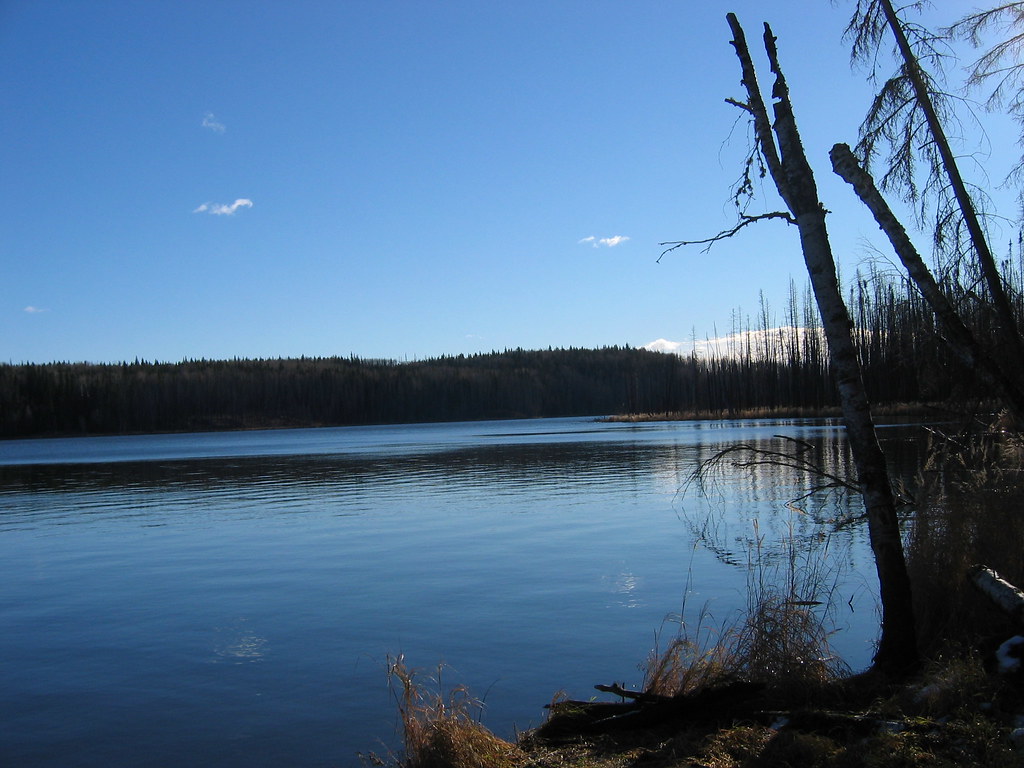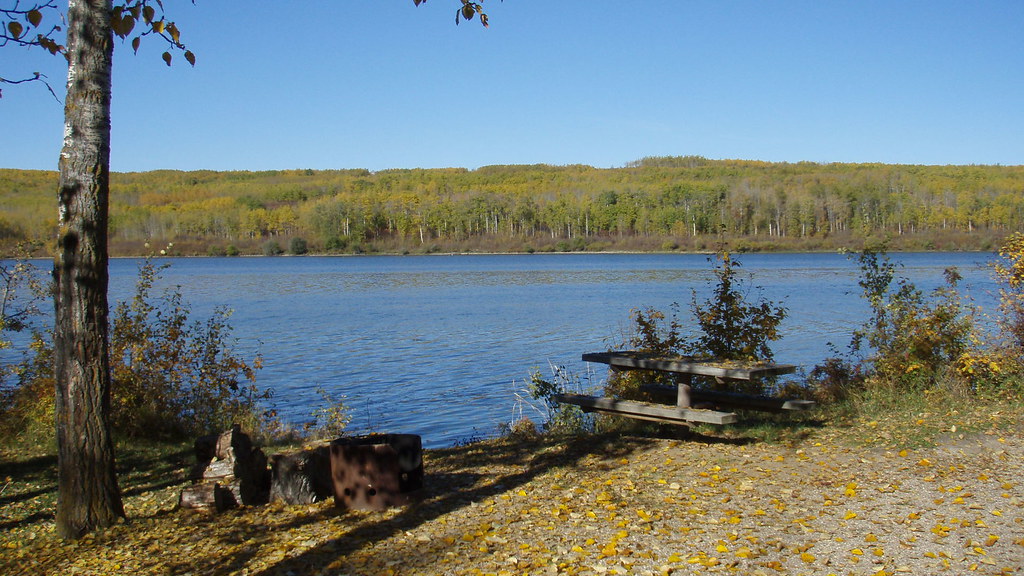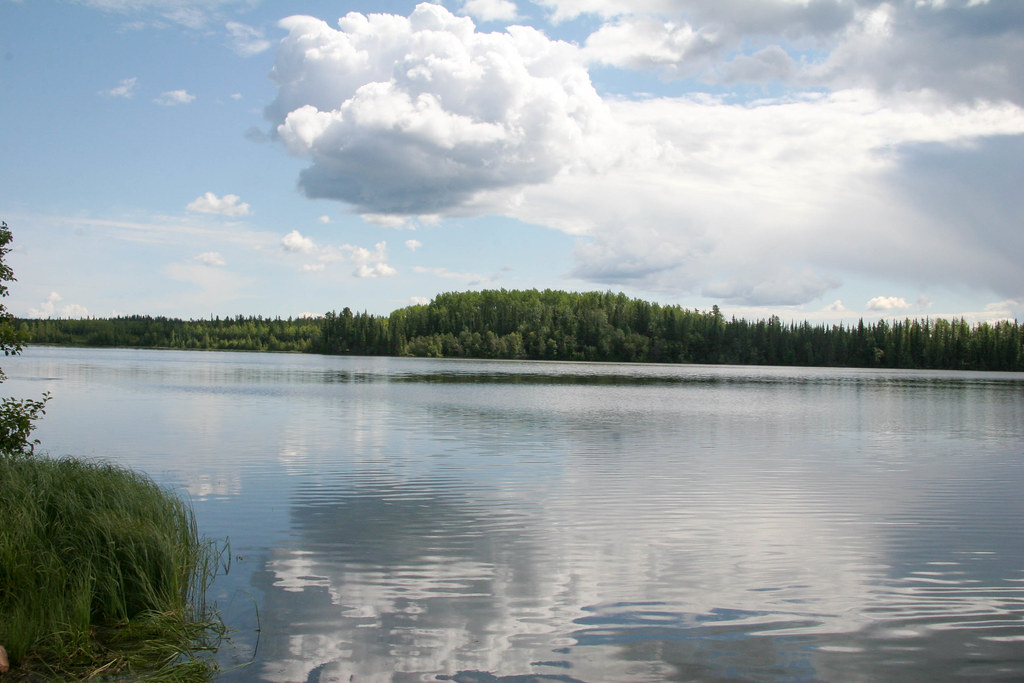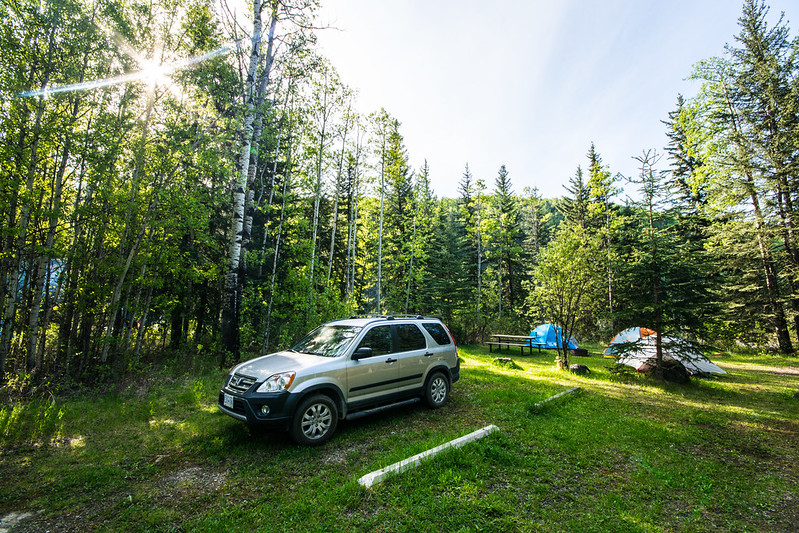
The Right Honourable Mary Simon aims to be an Arctic fox
Canada’s first-ever Indigenous governor general doesn’t play favourites among our majestic natural wonders, but she...
Ten provincial parks and provincial recreation areas — covering more than 4,400 hectares — across Alberta are now shut down to the public, their websites sporting a new red banner reading “full closure.”
The notice includes a note that “this closure is part of the changes to the Alberta Parks system that will allow government to focus its energy on renowned signature destinations.”
The move is expected to cut $5 million from the province’s budget — though critics have been quick to point out that the government has been able to find $30 million per year to fund its so-called ‘war room.’
These closures are part of a
broader effort by Premier Jason Kenney’s government to “optimize” Alberta’s parks system, by fully or partially closing public sites, and by privatizing campgrounds and park facilities.
Ten more parks and recreations areas will be partially closed, while another 164 provincial recreation areas — which the government describes as “very small and under-utilized provincial recreation areas” — are on the list to be “removed from the parks system” and “available for partnership opportunities or alternative management approaches.”
As Katie Morrison of Canadian Parks and Wilderness Society told CBC, “these are in more rural communities and smaller centres. They may not be right next to Calgary or Edmonton, but they are providing places for Albertans to go out and camp with their families.”
Below is a roundup of the ten provincial parks and recreation areas that will no longer allow any public access at all.
https://www.instagram.com/p/BIwSSDcAQdK/
Sheep Creek Provincial Recreation Area was home to a small campground along the banks of Smoky River, just 25 kilometres north of Grand Cache.
https://www.instagram.com/p/B2An_iEAlga/
The site was popular with anglers and boaters — and anyone looking for a quiet escape along the Smoky River.
https://www.instagram.com/p/BFcMwwMAZih/

Photo: Alberta Parks
The now-closed Twin Lakes provincial recreation area was 65 kilometres north of Manning, between Peace River and High Level.
The provincial recreation area was first opened in 1962, but is now fully closed according to the local tourism website, which says the entire area is “closed to public access … as part of the 2020 provincial budget cuts.”
This, it says, “includes ‘entire park’ — no access any more.”
https://www.instagram.com/p/3sUfujwha2/
According to Alberta Parks, “the lake is excellent for canoeing.” The lake was popular with anglers looking to catch rainbow trout, and the area also includes a pier, small campground and playground.
https://www.instagram.com/p/BITmRITjMUp/

Photo: Alberta Parks
Another park in northern Alberta, Crow Lake was a 786-hectare provincial park a little over 100 kilometres south of Fort McMurray.
https://www.instagram.com/p/B0ygLC0g8Er/
According to Alberta Parks, “this beautiful northern lake is perfect for wildlife watching from a canoe, kayak, or other paddle equipment.”
https://www.instagram.com/p/BKrkXirgw91/
https://www.instagram.com/p/ByeyMnuD0zr/

Photo: Alberta Parks
More than 600 kilometres northwest of Edmonton, this remote area was home to a lakeside campground and picnic area, with opportunities for anglers to catch rainbow and brook trout.

Photo: Alberta Parks
Roughly 40 kilometres east of Drumheller, Little Fish Lake provincial park was billed by Alberta Parks as a “quiet prairie campground.”
https://www.instagram.com/p/BnrfKuOlA_B/
Located near the badlands of the Red Deer River, Alberta Parks dubbed it a good spot for “bird watching and relaxing under starry skies.”
https://www.instagram.com/p/2zu4L3BjBt/
https://www.instagram.com/p/BlR1fPkDpVC/

Photo: Alberta Parks
More than 230 kilometres northeast of Edmonton, Kehiwin provincial recreation area was home to what Alberta Parks describes as a”cozy” campground with nearly three dozen lake-side campsites, a playground and a boat launch.
https://www.instagram.com/p/BtEcNH-lJAs/
The area also included a beach and a fish-cleaning station.
https://www.instagram.com/p/B15iIUNlxYH/

Photo: Alberta Parks
The largest of the parks to be fully closed, Greene Valley provincial park, not far from Peace River, was designated as a park just 20 years ago, in 2000.
The park is nearly 500 kilomentres northwest of Edmonton.

Photo: Alberta Parks
An hour’s drive north of Peace River, Sulphur Lake was home to an 11-site campground “nestled in the beautiful mixedwood forest on the shore of Sulphur Lake.”
Adjacent to the Bleriot ferry — a still-operational cable ferry that was first constructed more than 100 years ago — the Bleriot Ferry provincial recreation area was home to a small campground among cottonwoods.
https://www.instagram.com/p/WkjSwHN87P/
Alberta Parks advertised the campground as a spot with easy access to the Red Deer River — a destination “for canoeing, kayaking, fishing, or just floating along through the winding badlands.”
https://www.instagram.com/p/BIotUkChKTl/

Photo: Alberta Parks
Another spot in northwestern Alberta, Stoney Lake was a campground — maintained by campers themselves — home to 15 campsites along the shores of Montagneuse Lake.
Like several other now-shuttered areas, it was hundreds of kilometres from the nearest major city.

One of the now fully closed provincial recreation areas in Alberta, Sheep Creek. Photo: Ian Robert Reid / Alberta Parks
Get the inside scoop on The Narwhal’s environment and climate reporting by signing up for our free newsletter. A $335 million funding commitment to fund...
Continue reading
Canada’s first-ever Indigenous governor general doesn’t play favourites among our majestic natural wonders, but she...

In Alberta, a massive open-pit coal mine near Jasper National Park is hoping to expand...

A trade war could help remake B.C.’s food system, but will family farmers be left...
